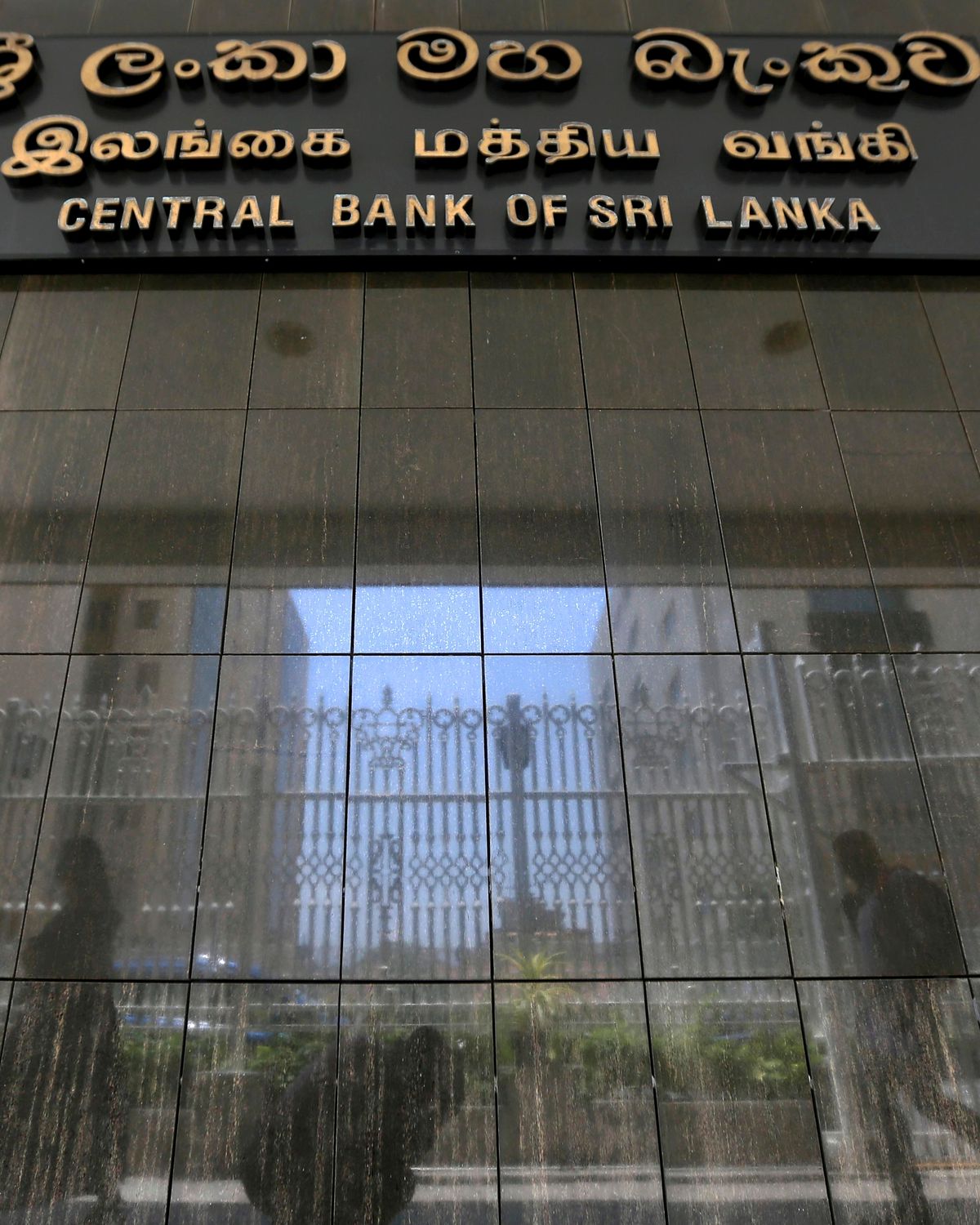Sri Lanka announced a $1 billion relief package on Monday as it scrambles to bring an end to its ongoing economic crisis amid protests and criticism from citizens who have been complaining of a surge in prices of essential items such as food and fuel.
As a result, the monthly salary of government employees has been increased by Rs 5,000 starting this month. Finance Minister Basil Rajapaksa, who announced the decision, said that over two million individuals on pensions and income support would also receive an additional $5 each month. The Minister also noted that a further Rs 5,000 ($25) in monthly payments would be made to soldiers who currently receive disability allowances. In addition, the government withdrew all taxes on food and medicines.
Meanwhile, to offset the losses generated by the government-imposed ban on the use of fertilisers, which is part of a wider plan to curb imports, the finance minister said the administration would purchase paddy at above-market rates. According to Colombo Page, Rajapaksa said that paddy will be purchased at Rs 75 ($0.37) per kilo compared to the market price of Rs 50 ($0.25) per kilo. However, he clarified that the growers of other crops would not be extended the same relief, as they continue to receive reasonable prices for their produce.

The plan amounts to 229 billion rupees ($1.12 billion) and has been reallocated from the government’s $19.1 billion budget; it accounts for 1.2% of the country’s gross domestic product. Basil Rajapaksa said that the government has yet to decide whether it would seek support from international financial institutions like the International Monetary Fund to fund the recovery plan. However, during a recent trip to India, Finance Minister Rajapaksa requested an emergency $1 billion line of credit to import essential items such as food and medicines and an additional $500 million for petrol imports.
The $1 billion relief plan is an attempt to satiate of demands of citizens who are angered about a 17% rise in the prices of food items, including wheat, sugar, and milk powder. This increase has primarily been driven by Sri Lanka’s inability to import the items due to foreign reserve shortages. In November, its foreign exchange reserves were estimated at merely $1.5 billion, a significant drop from $7.5 billion in 2019. Although this has somewhat stabilised to $3.1 billion, the crisis is far from over, as this amount is enough to pay for just two months worth of imports.
As a result, last month, the Central Bank imposed restrictions on foreign currency remittances by locals. All commercial banks have also been made to hand over 25% of their dollar earnings to the government, a steep rise from the previous 10%. This has raised concerns that banks will no longer provide the much-needed dollars to private traders who import essential goods.
Sri Lanka record-high inflation rate hit 12.1% in December, the second-highest across Asia, after only Pakistan. The country’s woes have been deepened by the COVID-19 pandemic, which has frozen its tourism-dependent economy. Reports suggest that Sri Lanka has $500 million worth of dollar bonds maturing on January 18. Furthermore, an additional $1 billion worth of dollar bonds will mature in July.

